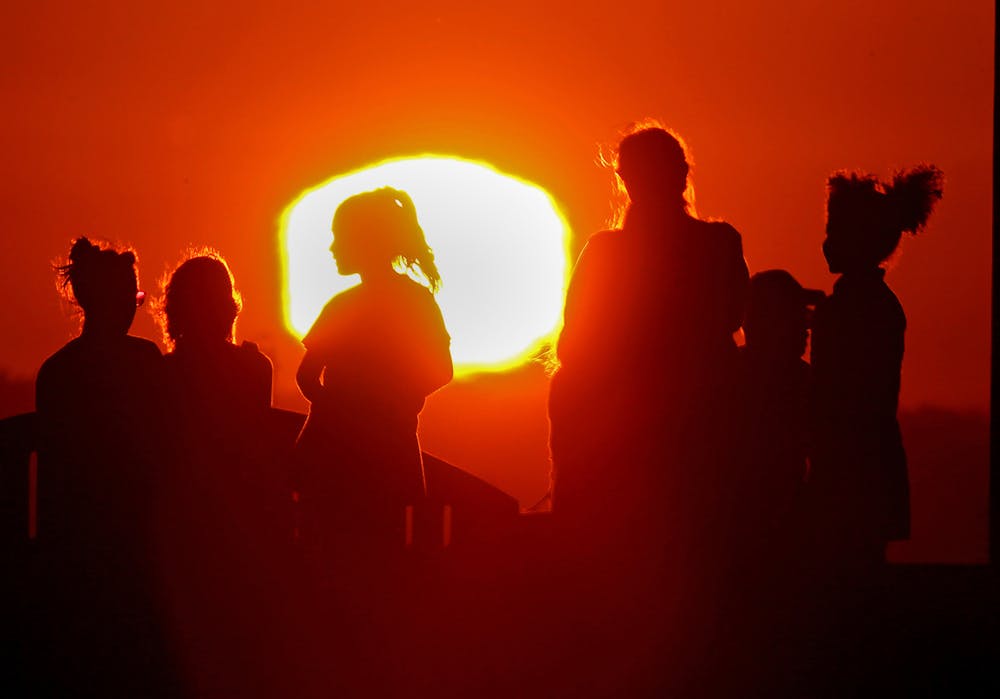States across the country, including Indiana, have been experiencing a dangerous heatwave since June 22. According to the National Oceanic and Atmospheric Administration, this heatwave is caused by a weather phenomenon referred to as “El Niño.”
The El Niño phenomenon is a climate pattern caused by a weakening of trade winds, causing warm water to push against the West coast. El Niño causes an extreme rise in temperatures along with flooding in coastal and southern states and a dry climate in northern states and Canada.
During the first half of 2023, the U.S. experienced El Niño’s counterpart, La Niña, which occurs when trade winds are stronger and push cold water against the West coast, causing cold and wet climate in the North and dry heat in the South. This drastic change from La Niña to El Niño is causing an extreme change in temperatures, with temperatures as high as 115 degrees Fahrenheit in southern states.
According to the BBC, there is no evidence that climate change is the cause of El Niño, however, they have found that the natural phenomenon may become more frequent and intense with the rise in global temperatures.
Indiana has already started experiencing temperature changes from El Niño. According to the Climate Prediction Center, Indiana will experience temperatures 40 to 50% higher than the average temperature for the state over the next three months. The average temperature in Indiana during the summer, between June and September, is between 82-85 degrees Fahrenheit, according to the National Weather Service.
Along with the rise in heat, the Climate Prediction Center predicts Indiana will experience a 40 to 50% higher rate of precipitation within the month of July. The average rate of precipitation during the summer months is between 3.1 to 4.9 inches.
The state government will release an excessive heat watch if there is expected to be conducive heat within the next 24-72 hours, or an excessive heat warning if there will be extreme temperatures within the next 12 hours.
Extreme temperatures can cause heat cramps, heat exhaustion and heat stroke. According to the Centers for Disease Control and Prevention, on average, more than 700 people die of heat stroke every year, with at least 9,000 people hospitalized. During extreme heat, the CDC recommends drinking plenty of fluids, wearing loose fitting clothing and limiting outdoor activity, especially midday when the sun is at its highest. Additionally, the CDC recommends people stay in air-conditioned areas as much as possible, check the news for weather updates and do not leave children or pets in cars.






